Start to Finish Photoshoot Tips with Huntington Witherill
Photographer Huntington Witherill shares how he visualizes a photo and tells us why he doesn’t always take his camera with him.
Grab your sunscreen and flip flops. Marc Silber’s Advancing Your Photography Show heads to the beach in this week’s episode, “Landscape Photography shoot and tips with Huntington Witherill.” We tag along to pick Huntington’s brain as he visualizes, creates and captures a popular stone structure known as a Cairn, on Carmel River Beach. Huntington walks and talks us through his visualization, which starts by scouting out the area. He actually leaves his camera behind and tests out different angles with his own two eyes first. Once he’s found a visually pleasing location, Huntington grabs his tripod, camera and sets up shop. Throughout the video, Huntington circles the Cairn to test out different perspectives. Huntington settles on a wide angle lens for the photograph, Aperture Priority setting, and he tests out two different Neutral Density filters. Patience is part of this photo walk, as Huntington waits for a wave to roll by at just the perfect moment. He admits, if we weren’t filming, he’d be snapping a lot more photographs and moving much quicker. But for our sake, he slows down and takes specific shots so he can share them with us. (Thanks Huntington!) Huntington says an important thing to do while visualizing is to keep in mind the post-processing tools you have available to alter the photo. Huntington calls those, “PhotoShop Opportunities.”
“As far as I’m concerned, photographs are not real. They are stylized interpretations of reality.” -Huntington Witherill
Immediately after the photo walk, Huntington headed to his studio to edit the photographs in post-production. Shown below are the originally captured RAW images, followed by his final edited images.

Photoshoot at Carmel River Beach_Photo Credit: Huntington Witherill
How Huntington Got the Shot
- Physically scout the location before setting up his camera. Huntington says once he finds a location that is visually pleasing to his eyes, that’s where he sets up his camera.
- Begin visualizing the shot immediately
- Immediately snap a photo of the image
- Test out Neutral Density filter (to slow or stop motion)
- Work quickly, snap multiple exposures. In nature, your surroundings are always changing
- Move the camera and repeat above steps
- Edit images in post-production
- And, remember, there are no “rules.”




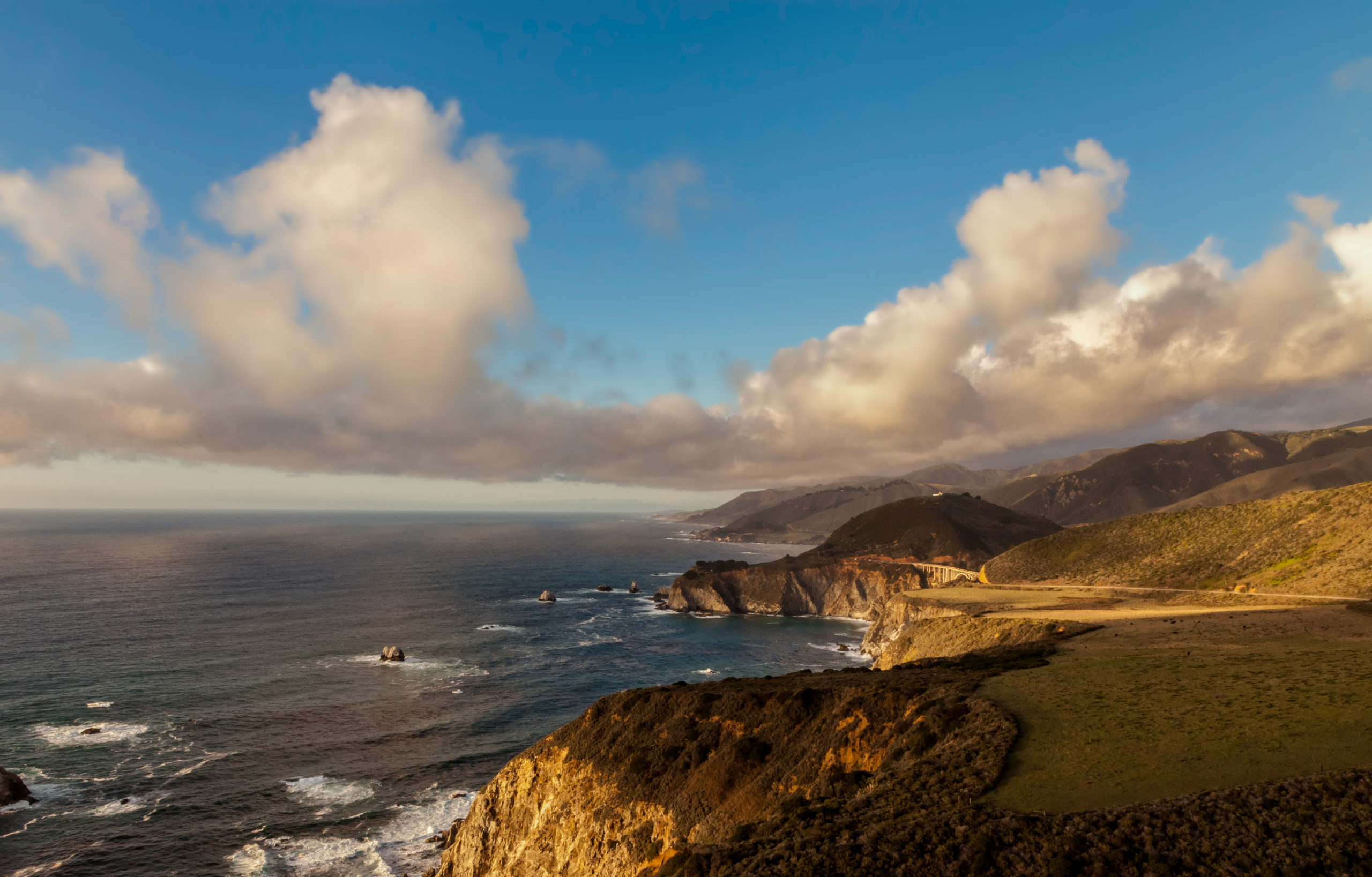
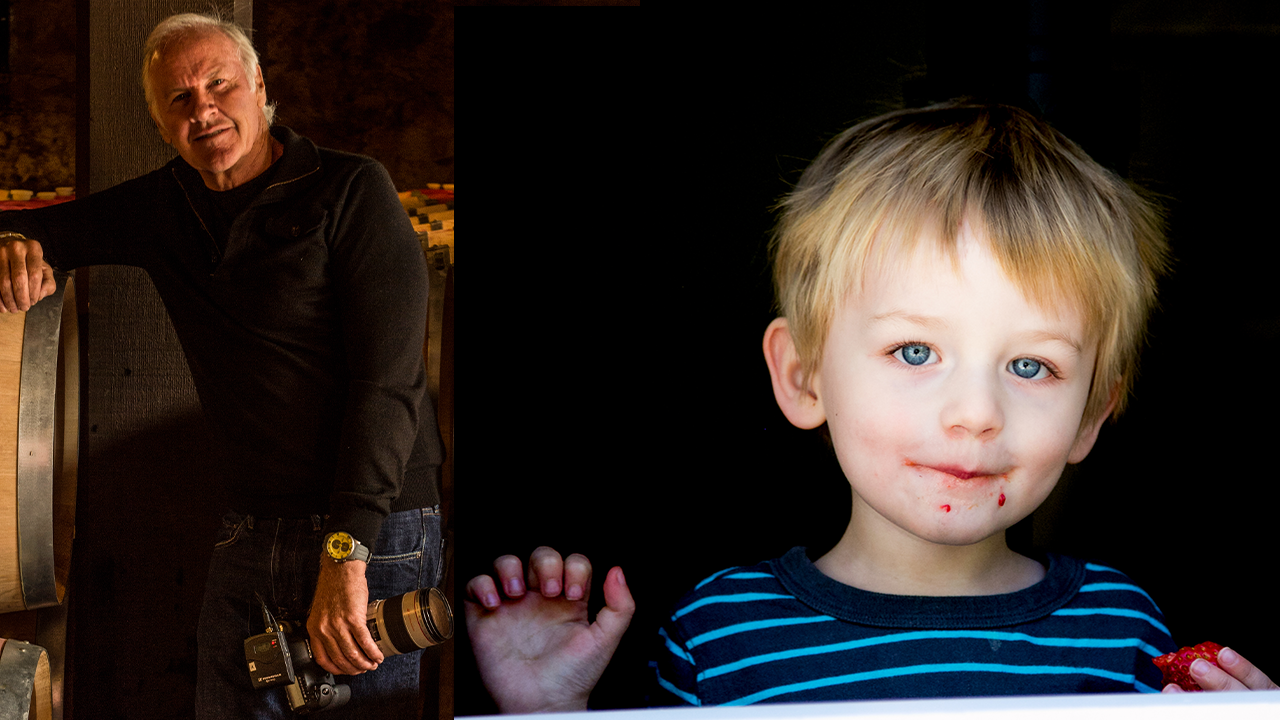

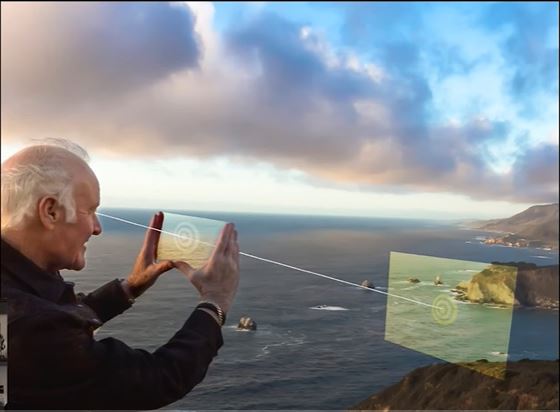
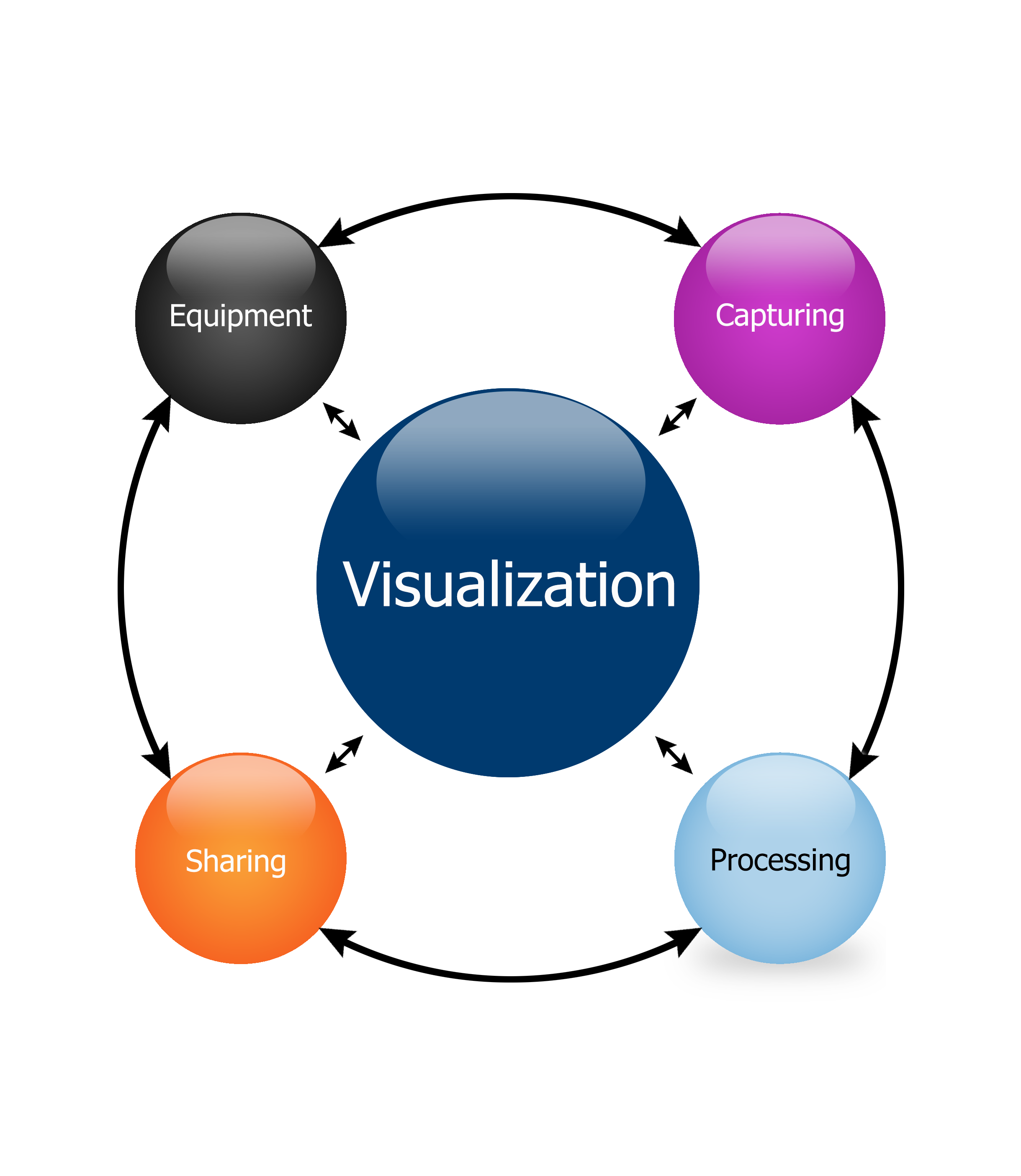
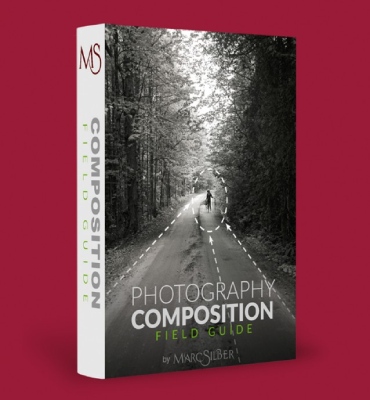
What can I say ? Fantastic. It’s like being the assistant to a photographer, being able to sneak in, where it is so difficult to get in generally. Thanks !